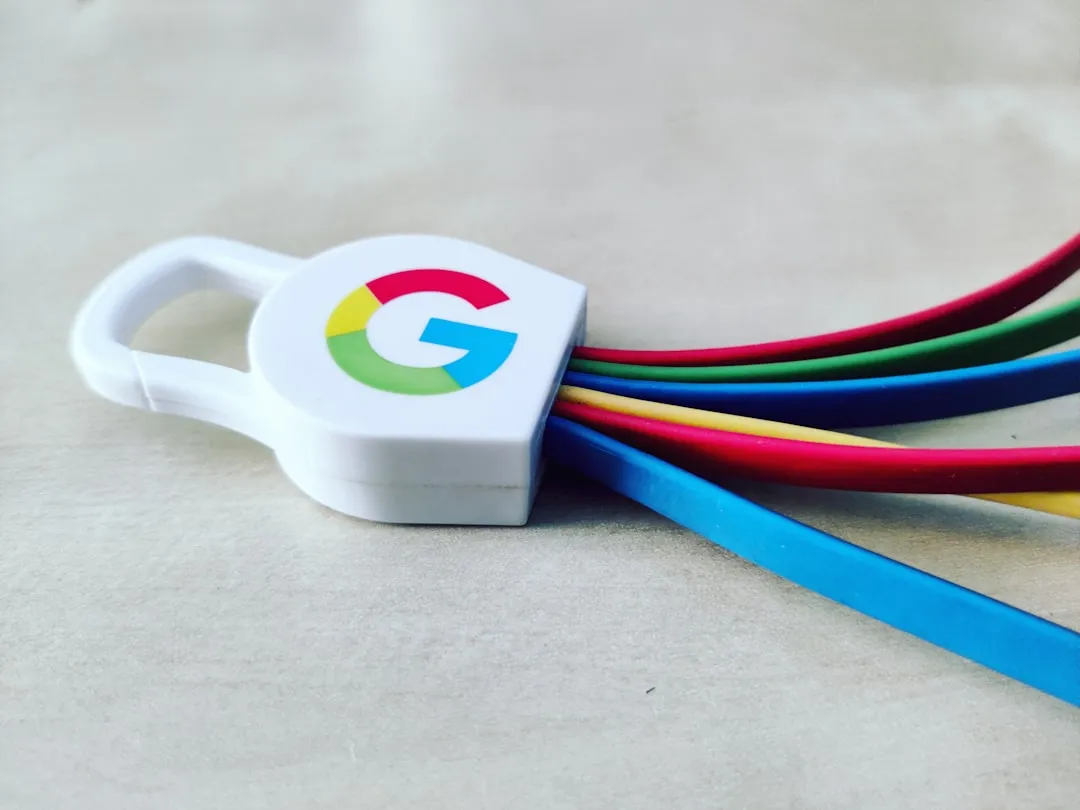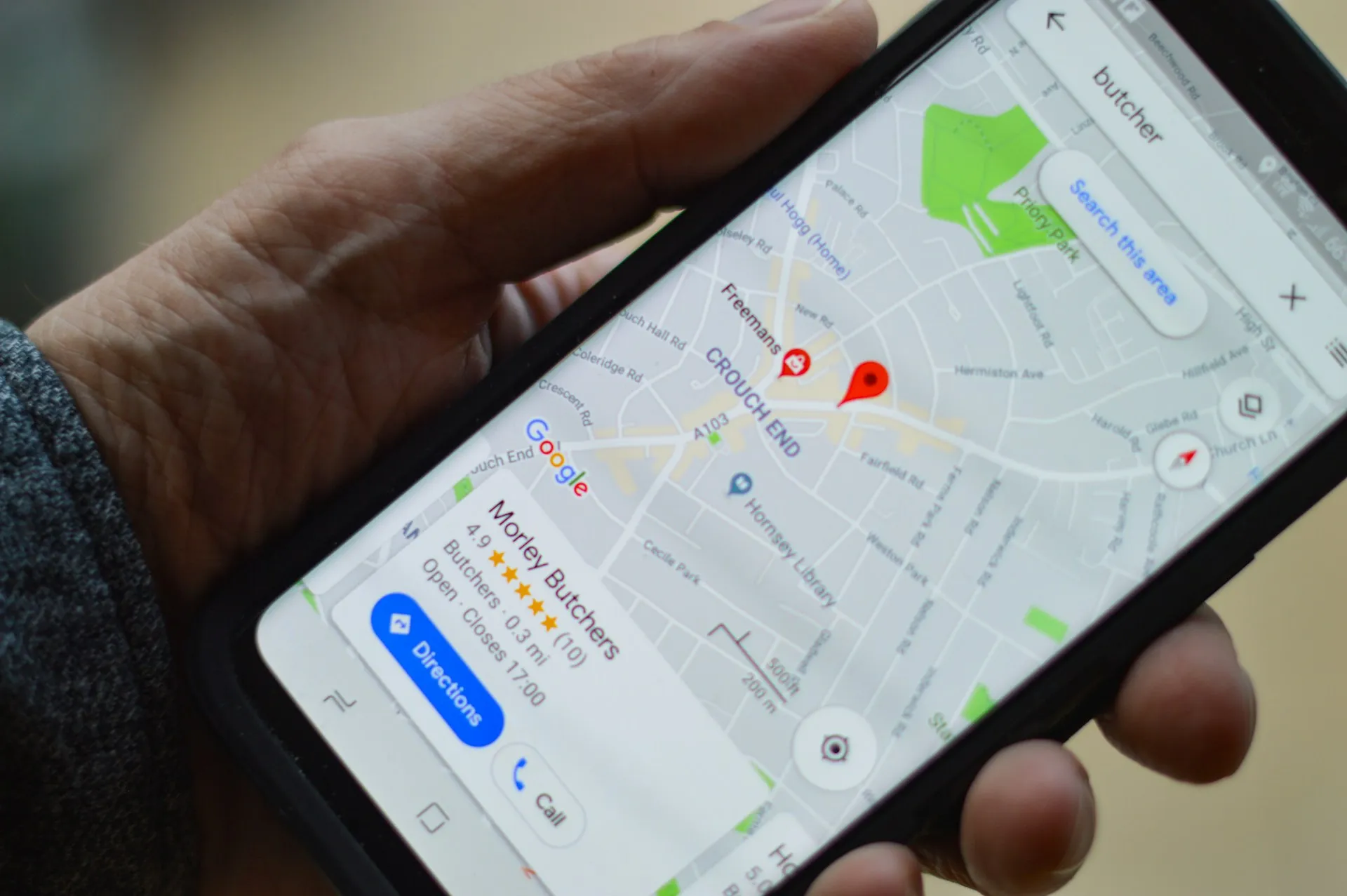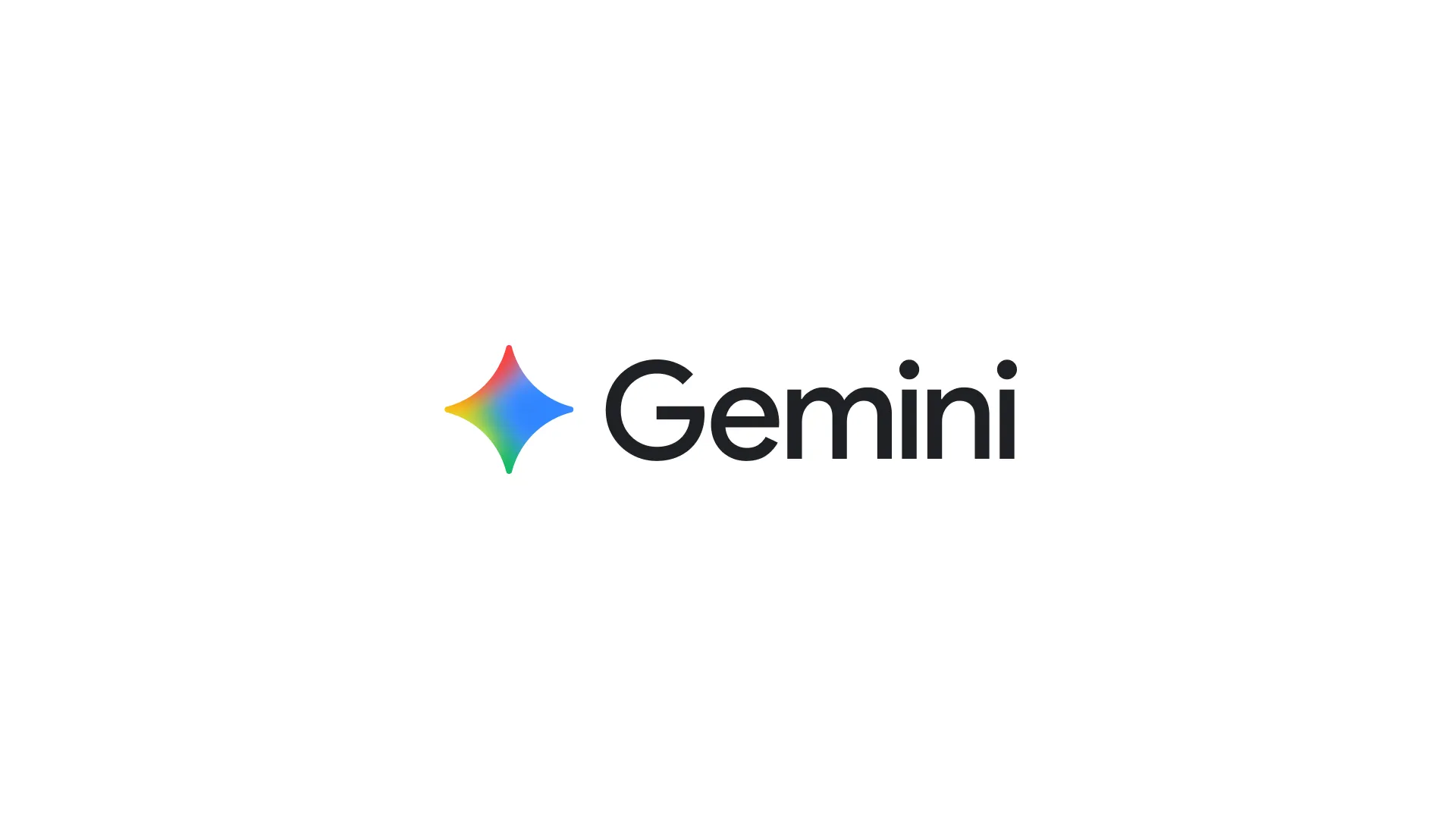Chrome's notification system has changed a lot lately. If your browsing suddenly feels quieter, with fewer pop-ups shouting for attention, there is a sophisticated reason. Google built a multi-layered defense that mixes machine learning with automated permission management, all to create a cleaner, more intentional browsing experience.
Here's the gist. Chrome runs on explicit user permission, according to research, so websites can only send notifications after you tap Allow. On top of that, the browser now uses AI-powered filters to spot potentially unwanted or spammy content before it lands on your screen, as reported by Android Authority. Working alongside the filters, Safety Check can automatically revoke notification permissions from suspicious sites, making it easier to manage notification sources and unsubscribe right from the notifications drawer.
This is not just spam blocking, it is a rethink of how notifications fit into your day.
How Chrome's AI-powered spam detection actually works
Chrome's filtering system uses on-device machine learning powered by Gemini Nano technology. The model analyzes notification content locally using only the title, body, and action button text, according to NotifyVisitors. Local analysis keeps the content on your phone, Google does not see it, and you still get protection from junk.
It is currently available on Android only, as noted by NotifyVisitors. When Chrome's AI flags something suspicious, you do not get the notification right away. You see a warning like “Possible spam: Chrome detected possible spam from [website],” with clear options to unsubscribe or view the blocked content, research from Android Authority shows.
The model is trained with synthetic data generated by Google's Gemini large language model, according to Pushpad. So it looks past keywords and into tactics, urgency cues, and overall content quality.
What triggers Chrome's notification warnings?
Under the hood, the system weighs three factors together: content quality, your personal interaction history with the site, and message repetition patterns, according to NotifyVisitors research.
Content quality is the big one. Clickbait phrases, over-the-top urgency, emoji stuffing, and vague or misleading claims raise the risk of a warning, the same research indicates. Think “URGENT! You've won!” or “WARNING! Your phone is at risk!”, the kind of lines that mimic system alerts or push you to act now.
Your behavior matters too. If you keep ignoring or dismissing a site's notifications, Chrome learns from that and treats future pings from the same source as unwanted, NotifyVisitors found. Over time, it builds a personal filter around your habits.
Repetition is the third signal. Resending the same title and body to the same users increases the chance of warnings, so content rotation and audience segmentation matter for senders, according to the same analysis. Those daily “Flash sale ending soon!” repeats, Chrome spots the pattern.
The evolution of Chrome's notification controls
This filtering is the product of years of layering features. In February 2020, Chrome 80 introduced quiet notifications that hide subscription prompts to avoid pestering visitors, according to Yespo. That laid the groundwork by gathering data on how people respond to prompts.
Chrome 84 pushed further with automatic blocking of intrusive subscription windows and notifications from sites that violate user rights, the same source reports. Chrome began judging site behavior, not just reacting to complaints, and shunting deceptive sites into the quiet notification interface.
By 2023, Chrome 117 tightened the loop with improved systems for managing web push and permissions, Yespo research shows. Chrome could automatically revoke permissions for sites users no longer visit or that send misleading or harmful content, according to the same analysis. Data from quiet prompts informed automated blocking, which then powered smarter permission revocation.
The throughline is clear, each release fed the next with better signals and stronger protections.
What this means for your browsing experience
The change you feel is not subtle. Chrome's on-device machine learning for permission prompts reaches over 99 percent precision with 96 percent recall, based on telemetry from more than 20 million users, according to NDSS Symposium research.
Users generally like it. Large-scale studies found quieting helpful and not unsettling for most people, the same research found. So the filter lines up with what people actually want.
The scale of the old problem is striking. Roughly 74 percent of all permission prompts are for notifications, yet they are the least likely to be granted, with only a 10 percent grant rate on desktop and 21 percent on Android, Google research shows. Three quarters of prompts chasing a yes, most of them getting a no.
End result, your workflow gets cleaner. Chrome's updated UI cuts unwanted interruptions and their frequency by up to 30 percent, with less than a 5 percent impact on grant rates for legitimate notifications, according to behavioral data from over 40 million users. Fewer pings, without losing the ones you care about.
Where Chrome's notification future is heading
Chrome's trajectory is toward broader, layered protection. Google plans to expand Enhanced Protection Mode to Android devices, Android Authority reports. That mode is being improved to identify more types of scams beyond phishing, the same source indicates, which suggests Chrome's AI will recognize a wider range of deceptive tactics.
Even now, the pieces work together. Chrome can revoke notification permissions for abusive sites through Safe Browsing integration and gives you one-tap unsubscribe on Android, according to NotifyVisitors. Those tools run alongside AI filtering to adapt to your preferences and evolving threats.
The direction is toward an intentional notification ecosystem, a world where only relevant, high-value messages get through. That nudges websites away from volume and toward thoughtful, personalized content that respects your attention.
I like where this is going. It shows Chrome's broader philosophy, uses advanced tech not to clamp down on the web, but to make it more useful and respectful of human attention. As these systems learn from millions of interactions, expect finer filtering that separates signal from noise, so the web serves you instead of swamping you.























Comments
Be the first, drop a comment!